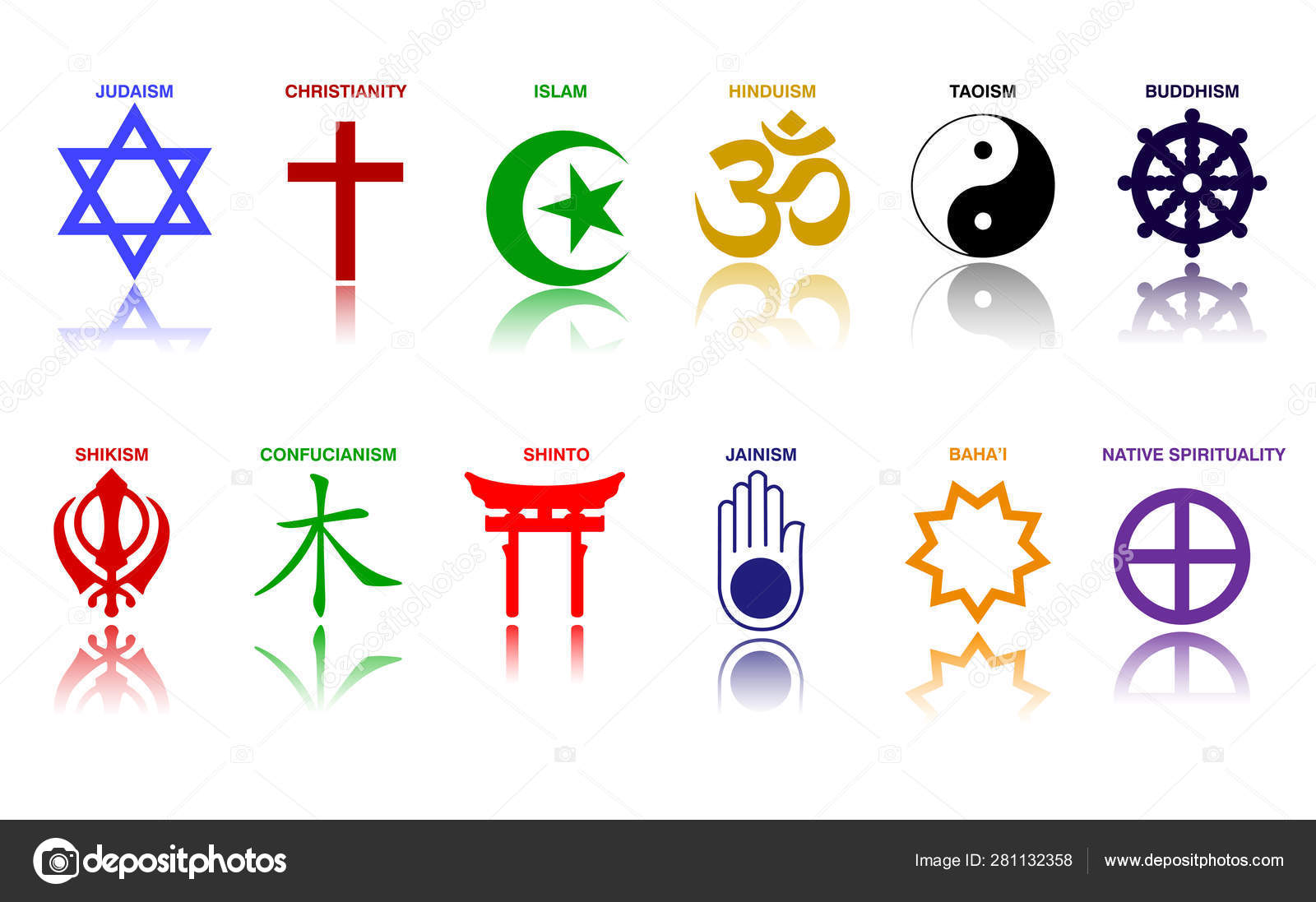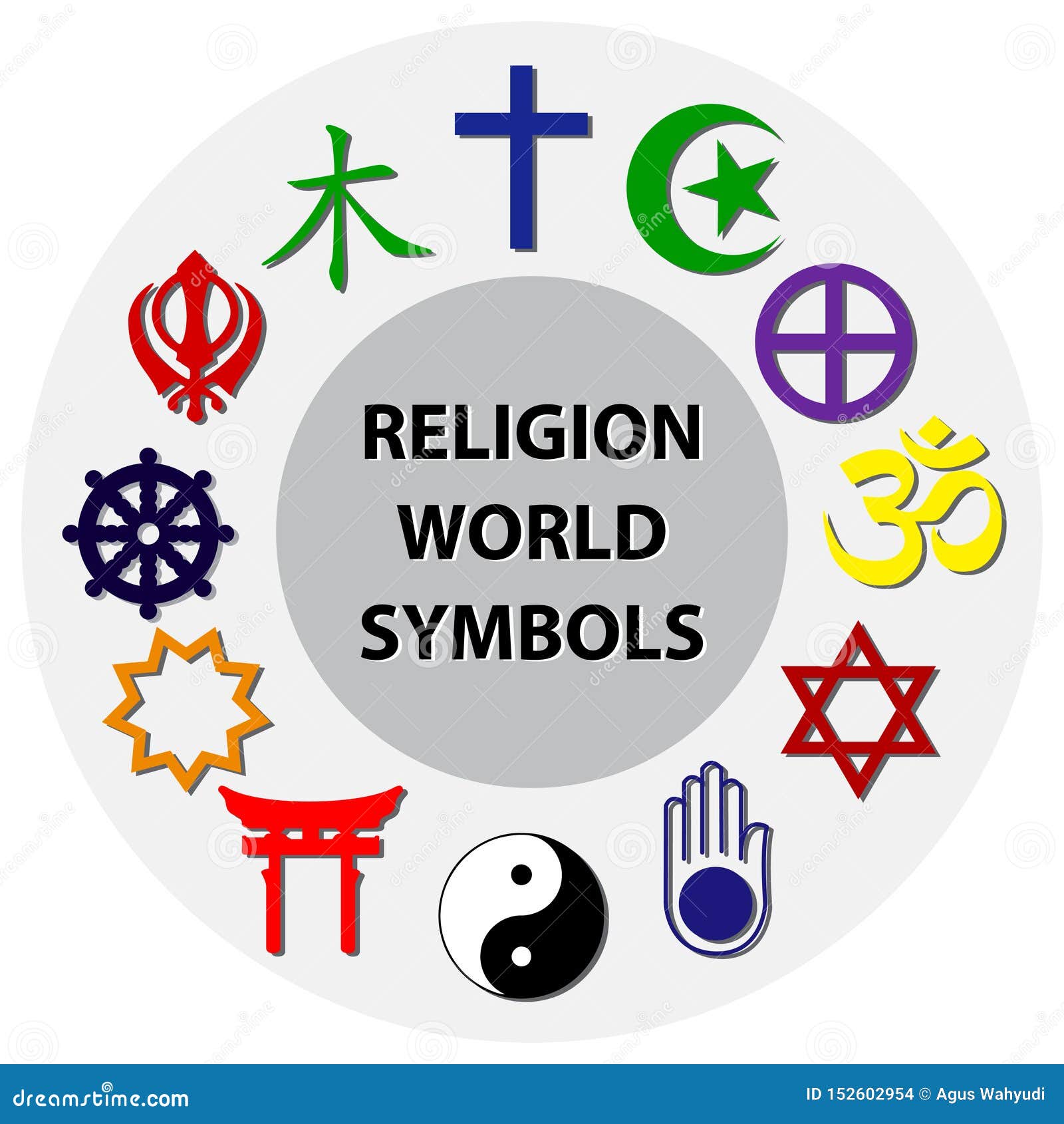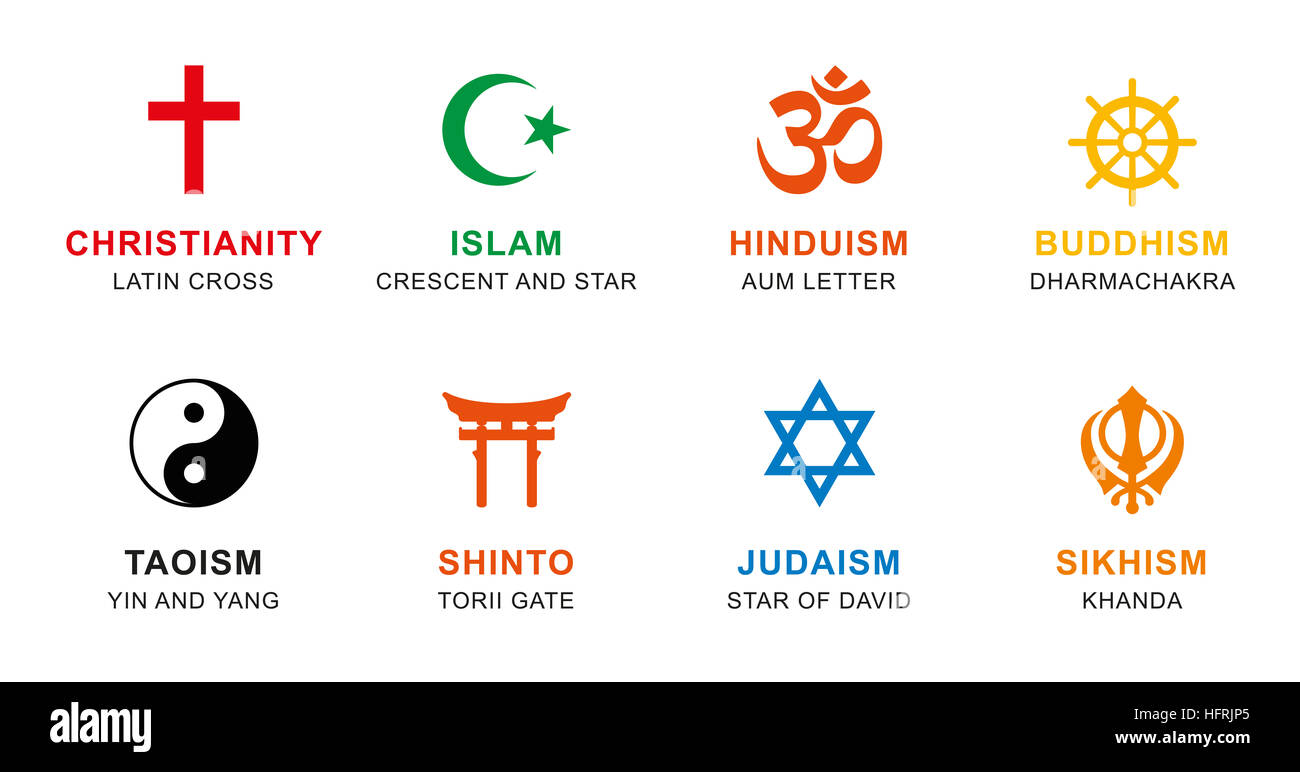Iran's Spiritual Tapestry: Unraveling Centuries Of Faith
A Journey Through Ancient Persian Faiths
Before the advent of Islam, the vast Persian Empire, which Iran was once a part of, harbored a much more secular, hybrid, and tolerant nation. The religious identity of Iran was then largely defined by ancient indigenous faiths. Among the most famous ancient Iranian religions was Zoroastrianism, which had been the Iranian nation's official and majority religion since the time of the Achaemenid Empire. This monotheistic faith, founded by the prophet Zoroaster, emphasized the eternal conflict between good and evil, personified by Ahura Mazda (Wise Lord) and Angra Mainyu (Destructive Spirit). Its core tenets revolved around good thoughts, good words, and good deeds. The followers of these religions left behind remarkable architectural works and books, testaments to their profound influence on Iranian culture and beyond. Beyond Zoroastrianism, other ancient Iranian religions, such as Manichaeism, also emerged and, in some cases, spread beyond their origins, practiced throughout the world over the years. These ancient spiritual traditions laid the groundwork for a society where religion was deeply interwoven with culture, shaping customs, and values long before the rise of Islam. The legacy of these pre-Islamic faiths continues to resonate in certain cultural practices and historical narratives within Iran, reminding us that the country's spiritual journey is built upon layers of diverse beliefs.The Arrival of Islam and the Rise of Shia Dominance
A monumental change in Iranian society occurred with the Arab conquest of Iran, which culminated in the fall of the Sasanian Empire to the nascent Rashidun Caliphate. This pivotal event brought about the purging of Zoroastrianism as the official and majority religion, ushering in the era of Islam. Over centuries, Islam gradually became the dominant faith, fundamentally reshaping Iran's political, social, and cultural fabric. While Islam quickly gained ground, it was not until the 16th century, with the rise of the Safavid dynasty, that Shia Islam became the official religion of the state. This historical shift cemented the Twelver Ja’fari school of Shia Islam as the cornerstone of Iranian identity, a position it maintains to this day.Shia Islam: The Official Faith
Present-day Iran is an Islamic Republic, and its constitution explicitly mandates that the official religion of Iran is Islam, specifically the Twelver Ja’fari school. This branch of Shia Islam holds a central place in the country's governance, legal system, and societal norms. The religious identity of Iran, as an Islamic Republic, is indeed at the core of its political and strategic stances, including its often-belligerent relationship towards Israel. The principles of Twelver Ja'fari Shia Islam inform everything from state policies to public morality, making it the most influential force in the country's spiritual and temporal life. The constitution also mandates that other Islamic schools be accorded full respect, and that their followers are free to act in accordance with their own jurisprudence in performing their religious rites, a testament to the theoretical recognition of diverse Islamic interpretations within the framework of the Islamic Republic.Sunni Islam: A Minority Presence
While Iran is predominantly a Shi'ite country, Sunnis and Sufis constitute minority Muslim communities. Sunni Islam, the largest branch of Islam globally, has a significant presence in certain regions of Iran, particularly among ethnic minorities such as Kurds, Balochs, and Turkmens. Despite the constitutional recognition of other Islamic schools, Sunni communities often face challenges in practice, including limited representation in government and difficulties in building their own mosques or establishing their religious institutions in predominantly Shia areas. Their existence highlights the internal diversity within the broader Islamic framework of Iran, underscoring that even within the dominant faith, there are varied expressions and experiences.Constitutionally Recognized Minorities: Judaism, Christianity, and Zoroastrianism
The constitution of Iran, while declaring the country an Islamic Republic with Twelver Ja’fari Shia Islam as the official state religion, also recognizes Zoroastrian, Jewish, and Christian communities. These religious minorities are officially tolerated and even have seats reserved for them in the parliament, a unique feature in an Islamic state. This constitutional recognition, however, does not always translate into full equality or freedom from discrimination, but it does afford them a protected status not extended to other religious groups.Iranian Jews: A Vibrant Community
Iran supports by far the largest Jewish population of any Muslim country, estimated to be around 25,000, though estimates vary, as low as 11,000 and as high as 40,000. Iranian Jews have maintained their distinct cultural and religious practices for centuries, fostering a vibrant Jewish community that coexists alongside other religious groups in the country. Their history in Iran stretches back thousands of years, making them one of the oldest continuous Jewish communities in the world. Despite political tensions between Iran and Israel, the Iranian Jewish community generally maintains a strong sense of Iranian national identity while adhering to their faith. They have their own synagogues, schools, and cultural organizations, showcasing a remarkable resilience and dedication to their heritage amidst a predominantly Islamic society.Christians and Zoroastrians in Modern Iran
Christianity in Iran primarily consists of Armenian and Assyrian communities, whose presence also dates back centuries. They have their own churches and cultural institutions, and like the Jewish community, are granted reserved seats in the parliament. Similarly, the ancient faith of Zoroastrianism, though significantly diminished from its pre-Islamic dominance, continues to exist in Iran. Zoroastrians, too, have a reserved seat in the parliament, symbolizing their historical significance and continued presence. While these communities are recognized and tolerated, they often face societal pressures and limitations on their public religious expression, particularly concerning proselytization or interfaith marriages. Nevertheless, their continued existence underscores the deep history and complex religious diversity that defines Iran.The Plight of Unrecognized and Persecuted Faiths
While some religious minorities enjoy a degree of constitutional protection, others face severe persecution and discrimination. The Baha’i Faith, for instance, is not recognized by the Iranian constitution and its followers are often subjected to systematic persecution. Baha’is are denied access to higher education, employment in the public sector, and face arbitrary arrests, imprisonment, and even executions on charges related to their faith. The government views the Baha’i Faith as a heretical sect and a threat to national security, leading to widespread human rights abuses against its adherents. Similarly, other minority groups, such as the Yarsanis (also known as Ahl-e Haqq), who practice a syncretic faith rooted in ancient Iranian beliefs and Shia Islam, also face discrimination and lack of full religious freedom. Their unique practices and beliefs are often misunderstood or marginalized within the official religious framework. The persecution of minorities such as Baha’is and Yarsanis stands in stark contrast to the constitutional provisions for other recognized faiths, highlighting the significant disparities in religious freedom within the Islamic Republic. Latest statistics and surveys on the religious makeup and freedom of Iran consistently point to these disparities, emphasizing the challenges faced by those whose beliefs fall outside the officially sanctioned spectrum.The 1979 Islamic Revolution: A Defining Moment
Iran's 1979 Islamic Revolution was a defining event that fundamentally changed how the world thinks about the relationship between religion and modernity. Ayatollah Ruhollah Khomeini’s mass mobilization of Islam demonstrated the potent force of religious ideology in shaping a modern state and society. Born in 1939 to a religious but modest family in Mashhad, eastern Iran, Ali Khamenei, the current Supreme Leader, was among the Islamist activists who played an instrumental role in the pivotal 1979 revolution to overthrow the US-backed monarchy. The revolution transformed Iran into an Islamic Republic, with its constitution mandating Islam as the official religion. This shift brought religion to the absolute core of the state's identity, influencing not only spiritual practices but also politics, culture, and daily life. The revolution solidified the dominance of Twelver Ja’fari Shia Islam, making it the primary lens through which national identity, foreign policy, and social norms are viewed. This profound transformation marked a departure from the more secular trajectory that Iran had been on during the Pahlavi era, re-emphasizing the central role of faith in public life.Religion and Iranian Identity in the 21st Century
Religion has been an integral part of Iranian society for centuries, shaping its culture, customs, and values. While Iran is often associated with Islam, particularly the Shia branch, which has been the official religion of the state since the 16th century, the religious landscape of Iran is much more complex and diverse, with a deep history. The religious identity of Iran, as an Islamic Republic, is undeniably at the core of its political and strategic belligerence towards Israel, as well as its domestic policies. The state's adherence to a specific interpretation of Islam dictates many aspects of public and private life, from legal codes to dress codes. However, it is crucial to understand that the relationship between Iranians and their faith is not monolithic. While many Iranians are devout Muslims, the expression of their faith can vary widely. The government's emphasis on a particular religious ideology does not always align with the personal beliefs or practices of all citizens. This dynamic creates a fascinating tension between state-imposed religiosity and individual spiritual journeys, contributing to the evolving nature of religion in Iran.The Evolving Spiritual Landscape of Iranian Youth
Iran’s religious identity is largely shaped by Islam, but younger generations in recent years have shown a significant shift in religious perspectives. Due to greater access to global media and information, many young Iranians are exploring secular ideologies, spirituality outside of organized religion, and personal interpretations of faith. This trend reflects a growing individualism and a questioning of traditional religious narratives, especially those enforced by the state. This demographic shift presents a fascinating challenge to the established religious order. While public displays of religiosity remain prevalent, particularly due to state enforcement, private surveys and observations suggest a burgeoning interest in alternative spiritual paths, a return to pre-Islamic Persian philosophies, or simply a more personal and less institutionalized form of faith. This evolving spiritual landscape among the youth indicates a dynamic future for religion in Iran, one that may see a greater diversity of beliefs and practices emerge over time.Sacred Sites and Spiritual Practices in Iran
Iran is a country known for its rich history and culture, which is deeply influenced by religion and spiritual practices. Throughout its vast landscape, numerous religious sites and festivals shape the country's identity and offer insights into its diverse spiritual heritage. The most revered religious site in Iran is the Imam Reza Shrine, located in Mashhad. This magnificent complex houses the tomb of Imam Reza, the eighth Shia Imam, and serves as a major pilgrimage destination for millions of Shia Muslims from Iran and around the world. Its grandeur and spiritual significance make it a central pillar of Shia devotion in the country. Beyond the major pilgrimage sites, everyday spiritual practices deeply permeate Iranian society. From daily prayers and fasting during Ramadan to celebrating religious holidays like Eid al-Fitr and Ashura, faith is an omnipresent force. Even for minority religions, their specific religious sites and festivals, though often less prominent, are vital for maintaining their communal identity and spiritual traditions. Exploring these sites and understanding the practices provides a comprehensive guide to Iran's religious history, culture, and society, revealing the profound impact of faith on the daily lives of its people. *** In conclusion, the religious landscape of Iran is a captivating tapestry woven from threads of ancient faiths, the profound influence of Islam, and the enduring presence of diverse minority communities. While the Islamic Republic of Iran is undeniably defined by its adherence to Twelver Ja’fari Shia Islam, its history reveals a much more complex and, at times, tolerant past. From the once-dominant Zoroastrianism to the vibrant Jewish community, and the ongoing struggles of persecuted groups like the Baha'is, Iran's spiritual journey is a testament to the resilience and adaptability of faith. The interplay between state-mandated religion and evolving individual beliefs, particularly among the younger generations, continues to shape the future of religion in Iran. Understanding this intricate balance is key to comprehending not only Iran's internal dynamics but also its role on the global stage. We hope this comprehensive guide has offered valuable insights into the major religions in Iran, their beliefs, practices, and influences. What are your thoughts on Iran's rich religious history? Share your comments below, and explore our other articles to delve deeper into the fascinating culture of this ancient land.
World religion symbols colored signs of major religious groups and

World Religion Symbols Colored Signs of Major Religious Groups and

Religion Symbols Cut Out Stock Images & Pictures - Alamy